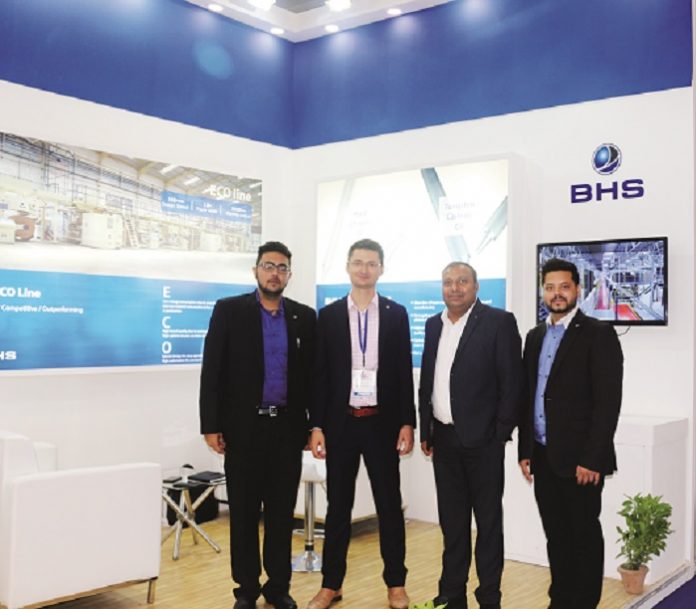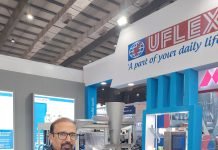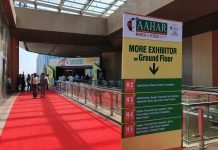
BHS Corrugated India is a 300-year-old company with over 55% marketshare worldwide. In India, the company has been around for the past eight years and has been well appreciated by the market due to its sustained efforts in its space. Packaging South Asia met Bijendra Sharma, managing director, BHS Corrugated India during IndiaCorr Expo 2017 for a discussion on the company’s exhibits and how it intends to move forward in the fast-evolving Indian market.
Sharma shared, “When we talk about marketshare, the calculation should not be based on just just the number of machines in operation but on the output produced by our machines, which we refer to as board-length. In this respect, we should take into account that 55% of the board output worldwide is produced on BHS machinery.”
With the company celebrating its 300th anniversary this year, Sharma spread some light on BHS’s learning curve in India. “Earlier, the Indian market was not ready for us because we sell premium machines while the Indian industry was not well organized and also very price conscious. Things are changing now and two years back, at the same exhibition, we exhibited a machine designed specifically for the Indian sub-continent and Africa. Earlier we used to have machines which were made for paper sizes of 2.2 – 5 meter width but that paper is not used in India where the standard paper width is 1.8 meter. So we came up with the ECO Line, which is designed to handle 1.8 meter paper width with speeds of 150 meters per minute. It is ideal for the Indian market and can produce up to 2,500–3,000 tons per month. We already have five complete corrugator lines installed here in India.
During the show, BHS also offered upgrades and retrofitting equipment for machines of different make. Sharma explained that since about half of the corrugating machine comprises of the roll, corrugators of different make needing an upgrade can opt for BHS rolls. He added that BHS also offers splicers that can improve performance, reduce stress and save paper due to their better uptake. The company already has about 100 splicers in operation in India. They have a team of eight service engineers in the country with local as well as international experience. Depending on the degree of automation of the corrugator, BHS offers two types of splicers—SP-X and SP-M.
According to Sharma, there are approximately 12,000 corrugators in India and most of them are manual or semi-automatic. It may be too early to say that transformation in the Indian corrugation industry has picked up pace but it must be admitted that it is inevitable. In another 5-6 years, there could be some major consolidation in the Indian corrugation industry. Companies like Unilever, Colgate, LG, Samsung and other major brands would prefer dealing with big converters who can handle supplies at scale. This is one area where the present set of converters with their manual and semi-automatic machines might have to struggle to meet the growing demands.
Speaking about the compatibility of existing Indian corrugation machine operators with the advanced technology that BHS offers, Sharma said that most of the personnel in corrugation plants in India are semi-skilled workers who have merely learned to operate the machines they work on. They lack basic knowledge and training required to operate fully automatic machines. Hence, a fair amount of knowledge-sharing and skill upgradation would be required before the Indian market is fully ready to absorb advanced automated corrugation technologies.
Regarding the show, Sharma said that they received most of the inquiries from the semi-automatic segment. He was quite clear that the strategy now is to educate the market about BHS and what it has been able to achieve in other parts of the world. To that extent, BHS is willing to collaborate with a cross-section of stakeholders in the corrugation industry to achieve its goal of creating a larger market for itself in the country. “Last year we sold a few machines and all those machines have been installed by our Indian engineers. So that’s a major asset and advantage that we have but we’ll continue to strengthen our base in this market.”









